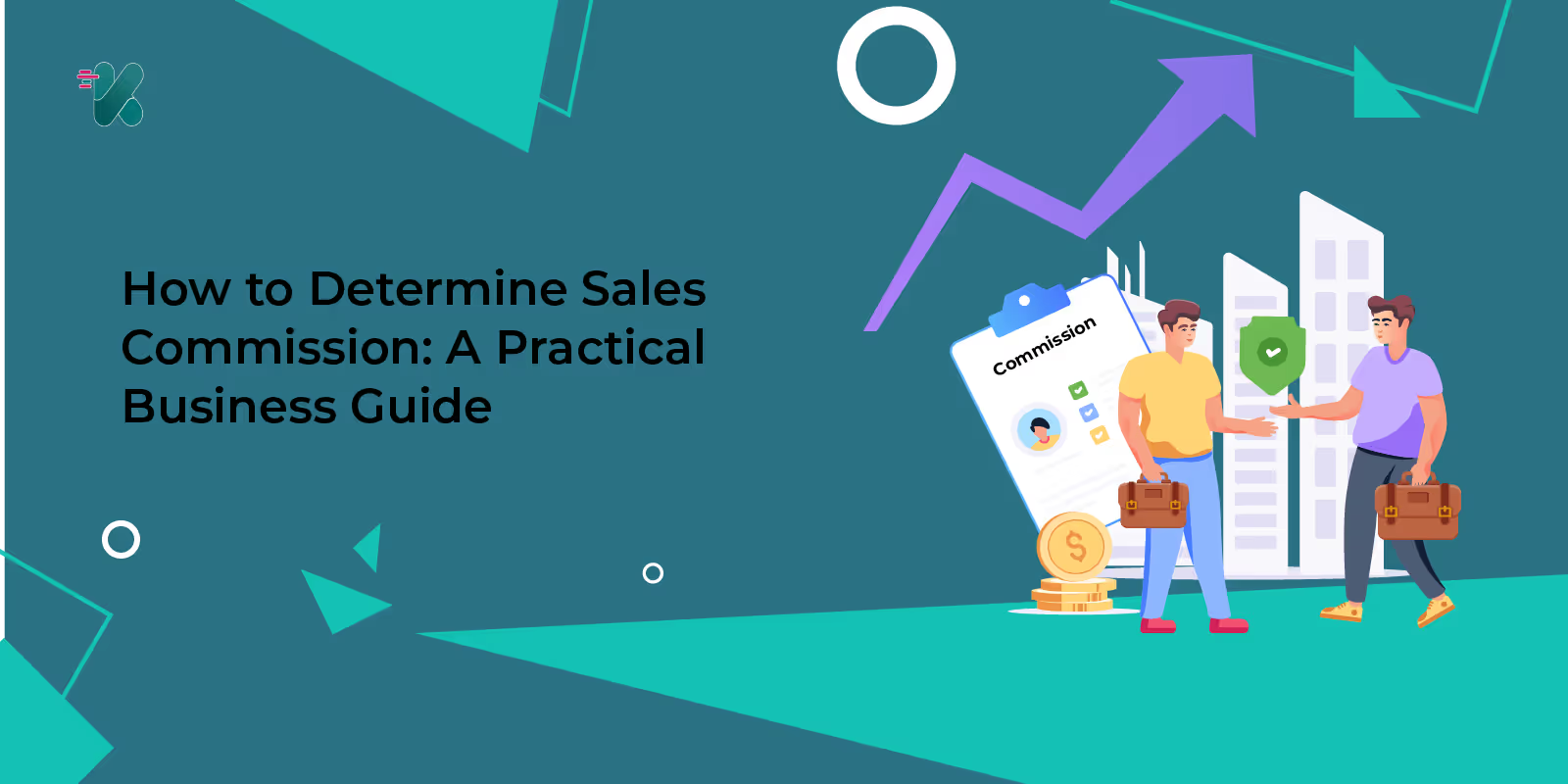
A Problem in Developing Effective Compensation for Teams Is That Strategy Often Misses the Mark
Discover why team-based compensation strategies fail and how to design high-impact plans that balance fairness, motivation, and performance.
.avif)
The Future of Sales Compensation: Why Individual Incentives Are Leading the Way
Discover why individualization is reshaping the future of sales compensation and how to design plans that drive performance and fairness.
.avif)
Sales Engineer Duties and Responsibilities Explained
Explore the key duties and responsibilities of a sales engineer, including technical support, sales collaboration, client solutions, and post-sales services.
Sales performance
Read More
Understanding the Difference Between MBO and MBE: A Detailed Comparison
Discover the key differences between MBO and MBE. Learn how they differ based on definition, employee participation, decision-making, and efficiency.

How to Determine Sales Commission: A Practical Business Guide
Step-by-step instructions on how to determine sales commission for your team. Explore structure types, common mistakes, and how to stay legally compliant.

Is Sales Commission a Variable Cost? Everything You Need to Know
Discover whether sales commission is a variable or fixed cost, learn how it impacts profitability, and explore different types of variable costs .

Should You Choose Salary Plus Commission? Here’s Everything You Need to Know!
Confused about salary plus commission? We break down the pros, cons, and must-know strategies to help you thrive in this lucrative pay structure.

Top 10 Reasons to Invest in an Incentive Automation Platform for Business Growth
Discover why investing in an incentive automation platform can boost retention, performance, transparency, and ROI. Learn the key benefits and challenges .








